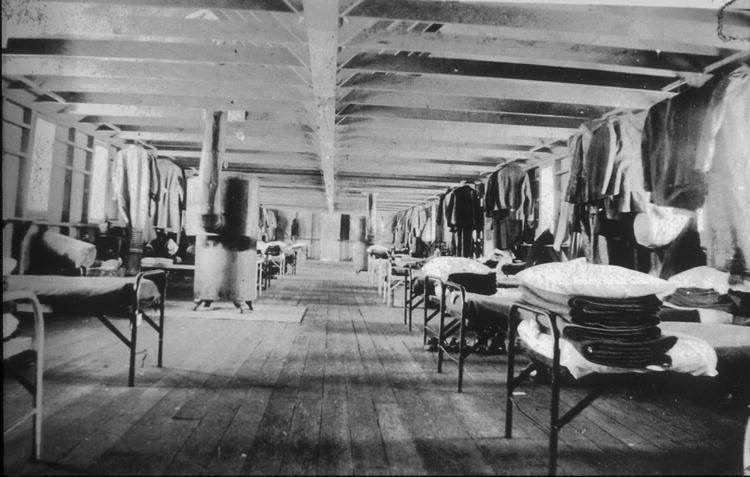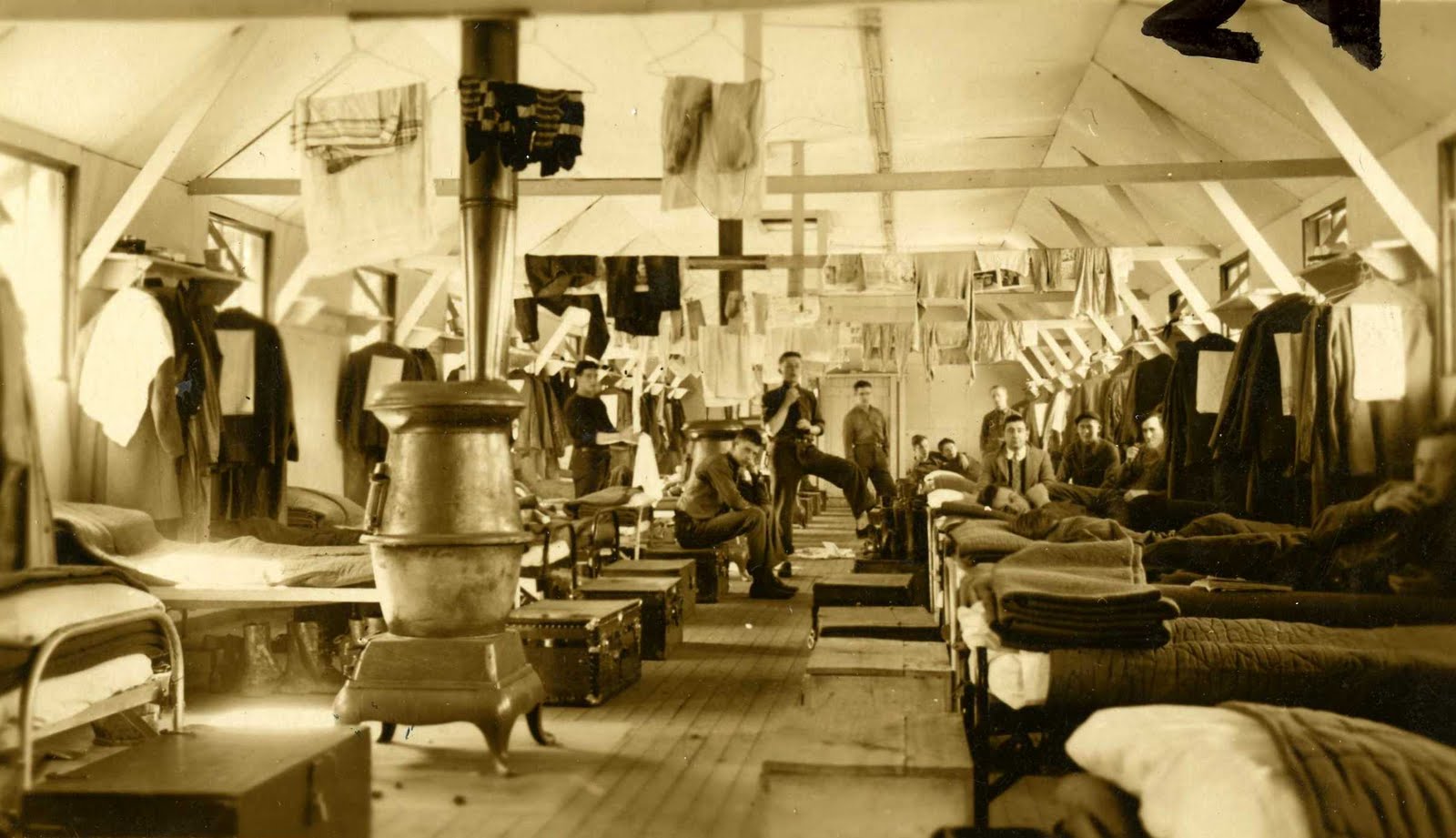For any of y'all thinking about, or in the process of, switching from an older type fire box with a grate in the bottom to one of the new-fangled, glass door, no bottom grate, secondary burn, EPA type fireboxes...
Well... I've learned a few things I'll pass on so ya' don't have to waste time learnin' the hard way.
Well... I've learned a few things I'll pass on so ya' don't have to waste time learnin' the hard way.
- The most important thing is they like fully-seasoned, dry firewood... they hate damp, wet or under-seasoned firewood
- The second most important thing is they like fully-seasoned, dry firewood... they hate damp, wet or under-seasoned firewood
- You need to start splitting just a bit smaller than you have been... I'm now splitting about three-quarter the size I was
- Don't wait until the house is cold to start the fire... they (or mine) will take a good hour or better to come fully up to temperature
- Filling the firebox by "fitting" splits tightly together (like puzzles pieces) makes the fire slow to get going... which means even longer for #4
- The fire is never totally out... sticking your bare fingers into (what you think is) a cold ash bed will result in a nasty burn from very hot coals down in there
- Closing down the draft too soon (like before the secondary burn kicks in) will likely result in a firebox that never comes up to temperature
- Don't expect long (all night) "heating" times... but hot coals are another thing (see #6)
- It is entirely possible to heat yourself clean out'a the house if'n ya' reload one to many times during the day








